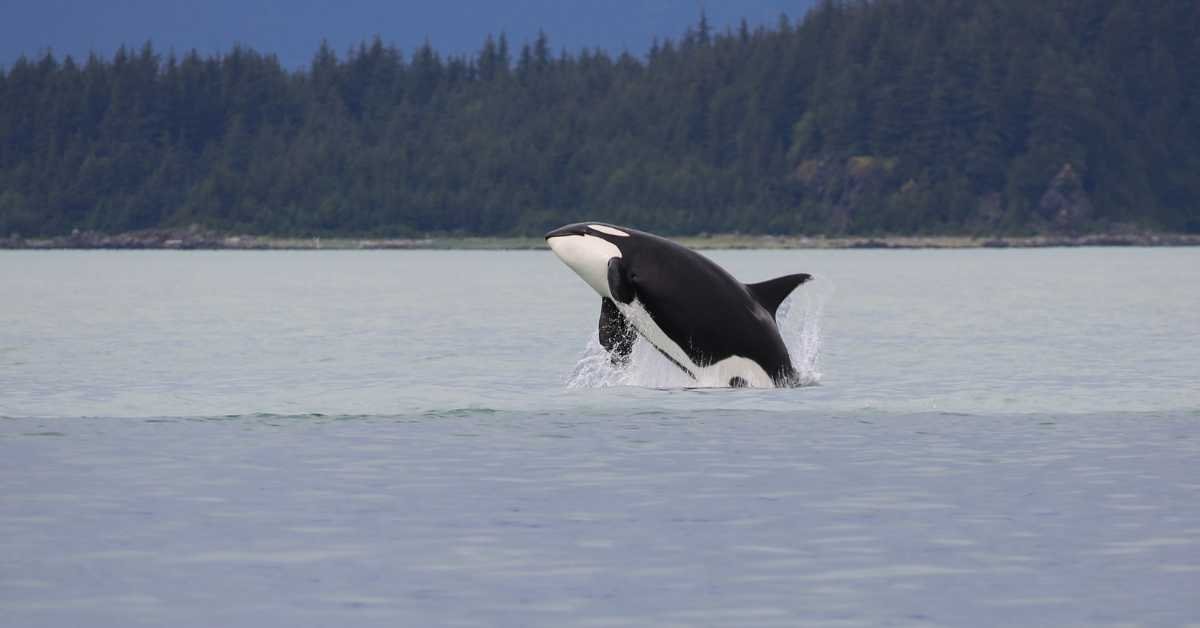Killer whale or Orca is an iconic species of cetaceans that belongs to the family of oceanic dolphins. It is the top predator of the ocean and is known to attack calves of baleen whales and even adult whales. Like other terrestrial and aquatic animals, killer whales or Orcas are also in threat because of habitat destruction, climate change, pollution, overfishing, and other human activities that drastically declined their population. Let’s find out how many killer whales are left in the world and why this majestic creature is endangered.
How Many Killer Whales Are Left In The World
The estimated total number of killer whales left in all the world’s oceans is approximately 50,000 individuals. Some estimates also describe this number as 80,000 individuals. Because of their worldwide distribution in a wide range of habitats; from tropical waters to polar waters and from coastal regions to offshore locations, it is difficult to estimate their exact population. That is why their status on the IUCN Red List is “data deficient”.
According to the local estimates, about:
- 25,000 killer whales are found in the Antarctic,
- 8,500 in the tropical Pacific,
- 2,250 to 2,700 off the northeast Pacific,
- and 500 to 1,500 individuals off Norway.
- In the 2000s, the Fisheries Agency of Japan stated that up to 2,321 individuals were found in the seas around Japan.
Drastic declines are observed in some localized populations. It is due to pollution, habitat destruction, overfishing, and climate change. Killer whales are the apex predators of the ocean and their presence is necessary for maintaining a healthy marine ecosystem.

Are Killer Whales Going Extinct?
Killer whale or orca is a cetacean species whose current status on the IUCN Red List is “Data Deficient”, which means enough data is not available to make an accurate prediction about the conservation status of this species. Due to human activities, like overfishing and noise pollution, a significant decrease in the population of killer whales or orcas is noted in many regions throughout the world. So, it is important for governments and organizations to work together on conservation efforts and research projects to protect their habitat and stop overfishing (that disrupted their food supply) in order to protect this iconic species from going extinct.
🔬 Subscribe to SciMail
Get the latest science discoveries straight to your inbox!
Also Read: Why Are Coral Reefs Dying?
Why Is The Killer Whale Endangered?
Killer whales or orcas are endangered because of many human activities.
- Pollution and overfishing are the main factors that disrupted their food supply.
- Ocean acidification due to climate change can be harmful for their health.
- Moreover, boat traffic and noise pollution in the oceans disturb communication among them, which causes a decrease in breeding opportunities.
- Finally, direct hunting by humans also contributes to decline in their population.
All these factors together make it difficult for killer whales or orcas to survive and flourish in their natural habitat and lead them towards extinction.

How Many Killer Whales Are Left In The World In 2022?
It is difficult to predict the exact number of killer whales left in the world in 2022 due to several factors, such as wide range of habitat, illegal hunting, pollution, and climate change. However, estimations show that approximately 1.3 million cetaceans (whales and dolphins) are left in the world’s oceans today, of which at least 50,000 are killer whales or orcas. Estimates also reveal that the global population of cetaceans (whales and dolphins) will have increased by about 10% by 2022. This increase in population is because of conservation efforts and strict regulations on whaling. Advancements in technology, such as satellite tracking systems that helped to understand their behavior and habitat, is also a reason for their improved protection measures. So, the global population of killer whales may be even higher today than that was before.



Leave a Reply